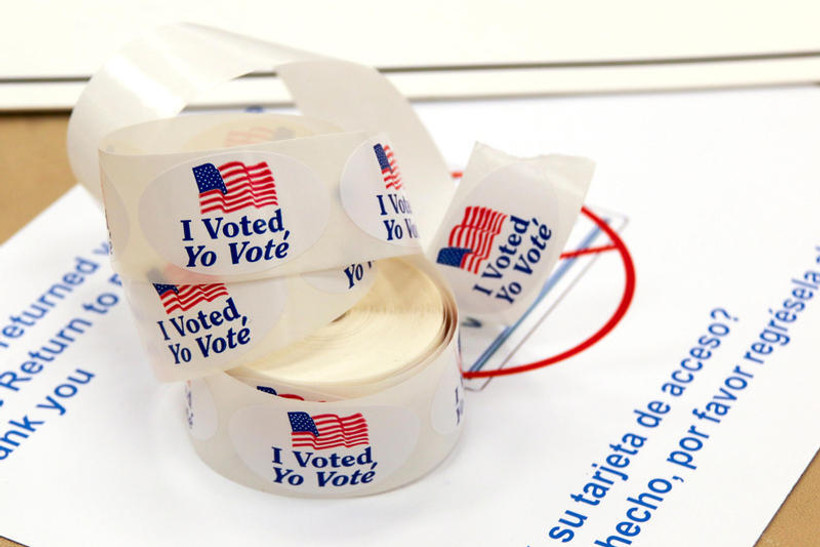How Low Voter Turnout Helped Trump Gain Ground in New York
Trump picked up some votes in New York this year. But Democrats lost far more.

Sam Mellins contributed reporting.
Trump picked up some votes in New York this year. But Democrats lost far more.

Sam Mellins contributed reporting.
At New York Focus, our central mission is to help readers better understand how New York really works. If you think this article succeeded, please consider supporting our mission and making more stories like this one possible.
New York is an incongruous state. We’re home to fabulous wealth — if the state were a country, it would have the tenth largest economy in the world — but also the highest rate of wealth inequality. We’re among the most diverse – but also the most segregated. We passed the nation’s most ambitious climate law — but haven’t been meeting its deadlines and continue to subsidize industries hastening the climate crisis.
As New York’s only statewide nonprofit news publication, our journalism exists to help you make sense of these contradictions. Our work scrutinizes how power works in the state, unpacks who’s really calling the shots, and reveals how obscure decisions shape ordinary New Yorkers’ lives.
In the last two decades, the number of local news outlets in New York have been nearly slashed in half, allowing elected officials and powerful individuals to increasingly operate in the dark — with the average New Yorker none the wiser.
We’re on a mission to change that. Our work has already shown what can happen when those with power know that someone is watching, with stories that have prompted policy changes and spurred legislation. We have ambitious plans for the rest of the year and beyond, including tackling new beats and more hard-hitting stories — but we need your help to make them a reality.
If you’re able, please consider supporting our journalism with a one-time gift or a monthly gift. We can't do this work without you.
Thank you,


They got tens of millions of taxpayer dollars to defend Andrew Cuomo against scandal. Now, they’re helping fund his comeback.
Our team will be descending upon Albany on Tuesday. Here’s what they’ll be watching.
Brandon Bishunauth is an unlikely candidate to pick a fight with a bastion of old-time machine politics.
The legislature rejected Hochul’s central public safety policy priorities while embracing proposals to increase prison oversight.
In New York, half of CIU exonerations involve prosecutorial misconduct, but DAs rarely acknowledge who got it wrong.
Here’s where the Senate, Assembly, and governor stand on funding New York’s green transition.
The budget plans set up a fight with Governor Kathy Hochul, who did not propose substantial new investments at all.
No time to read our big investigation? Here’s a quick summary of everything you need to know.
The secretive units have fallen short on their promise to help wrongfully convicted New Yorkers.